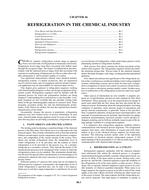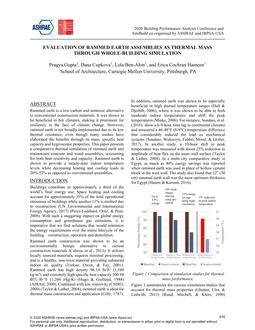Click here to purchase
The effects of geography and climate on the feasibility of residential net-zero energy buildings (NZEBs) have not been thoroughly explored by either simulations or measurements. This paper details a building energy modeling effort that 1) applies passive low-energy design strategies and energy-efficiency measures individually to an all-electric baseline codecompliant residence in six different U.S. climates, 2) selects a combination of those strategies and measures to apply in order to achieve a low-energy building, and 3) pairs the predicted energy consumption output with output from a solar photovoltaic (PV) model, which allows proper sizing of the PV array in order to satisfy the requirements of a NZEB. The results are explored on an annual, monthly, and hourly basis in order to identify some of the challenges of attaining a residential NZEB in multiple climates. The chosen suite of low-energy design strategies is estimated to reduce annual energy consumption by 19-30% relative to the baseline code-compliant home, depending on climate. The PV system capacity required to achieve net-zero energy status varies by more than a factor of two between the coldest and warmest climates with the lowest and highest average insolation. The simulations also reveal that electricity production from PV systems provides enough energy to completely cover hourly demand less than two-thirds of the typical year (and varies by season), while oversized PV production greatly exceeds demand during the remaining one-third of the hours of the year. If NZEBs are widely adopted in the future, the electric grid may not always be able to handle excess on-site generation and energy storage options will be required to maintain the balance. In addition, regional differences in the fraction of hourly demand met by PV production raise questions about the net effect of NZEBs on power plant emissions. Finally, alternative energy sources other than PV should be further explored for widespread application of NZEBs in different climates.
Citation: ASHRAE Conference Papers, Las Vegas, NV
Product Details
- Published:
- 2011
- Number of Pages:
- 8
- File Size:
- 1 file , 390 KB
- Product Code(s):
- D-LV-11-C046


